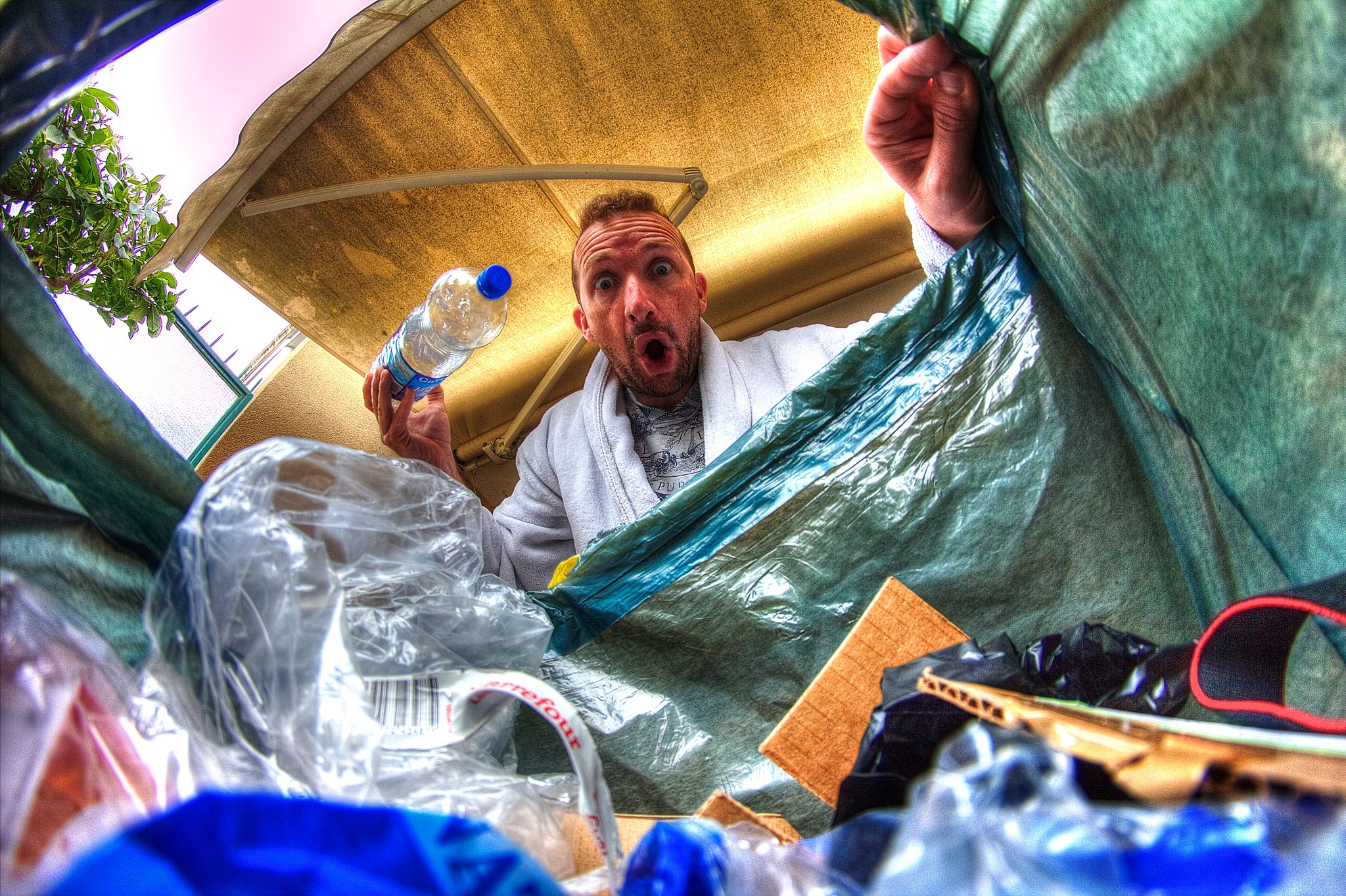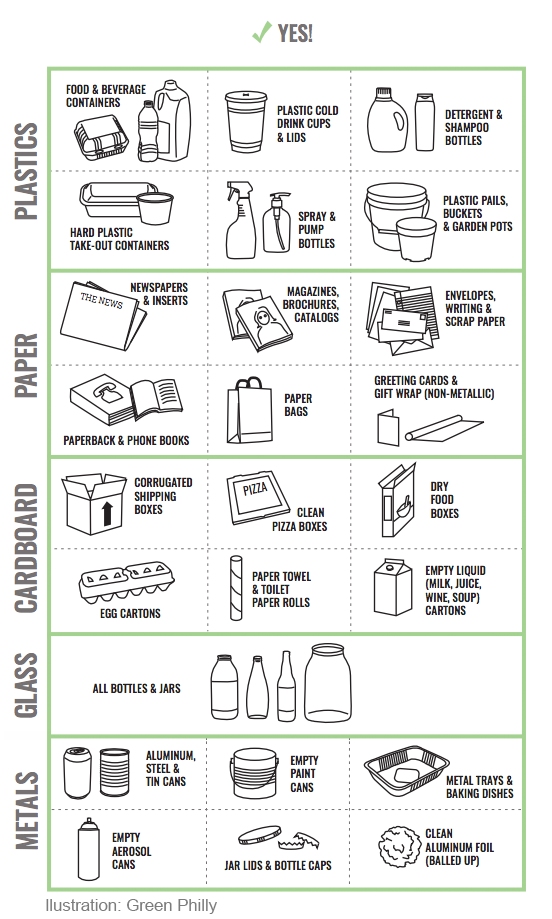
How to recycle in Philadelphia? careful with the pizza box
It's Friday night and you order a pizza - in an attempt to save the world, you recycle the box. Guess what?
You probably mean well and are trying to do your part one step at a time, including recycling. I’m sorry to break it, but trying to save the planet by throwing one plastic fork, foam cup, or greasy pizza box at a time into the blue bin, IS NOT HELPING!
When properly done, recycling can help decrease greenhouse gas (GHG) emissions. In 2015, The Environmental Protection Agency (EPA) said that 75% of the waste stream generated in the U.S. was recyclable. Sadly, only 30% was actually recycled; the rest of the goods ended up in landfills. This happens because people don’t separate their waste properly and recyclable items get contaminated.
However, not everything is bad. We are still reusing 68 million tons of raw material, which means less natural resources have to be used to create new products. Plastic recycling went from less than 1% in the 1980s to 9% in 2015, while paper went from 15% to 67%. Recycling is working. Recycling is good. We just need to inform ourselves and learn what we can and cannot recycle.

Philadelphia has a single-stream system, meaning we can recycle plastic, paper, cardboard, glass, and metal without having to separate each group. However, they need to be empty and dry.
RELATED CONTENT
Plastic/cartons/metals/glass containers need to be rinsed, and lids and caps are welcome. The paper needs to be removed from plastic sleeves or bags. Cardboard shouldn’t contain shipping or packing material, and boxes should be flattened.

With the U.S-China trade conflict as the scene, the eastern country decided to stop importing recyclables from the U.S. Considering that China is a major importer, the price for recycling took a hit. Meanwhile, Philadelphia recycling prices ballooned from $30 per ton to $170 a ton, forcing the city to incinerate half of the goods.
You read that right. The city was only able to find a place with enough infrastructure to recycle half of what could have been salvaged. For six months, “The City of Brotherly Love” paid $78 a ton to recycle half of the trash, and $67 a ton to burn the other half.
In April 2019, Philadelphia was finally able to fully recycle again. The Streets Department announced that the city will spend at least $10 million to recycle the 112,000 tons expected this year.
The cost will be even higher if our recycling practices don’t improve. As of now, Philadelphia’s recycling arrives at the treatment center with around 20% contaminated recyclables. Importers don’t buy recyclables with a more than 3% contamination rate. Additionally, thanks to plastic bags, recycling plants already stopped at least three times a day to remove the plastic stuck in gears, further increasing the cost.











LEAVE A COMMENT: